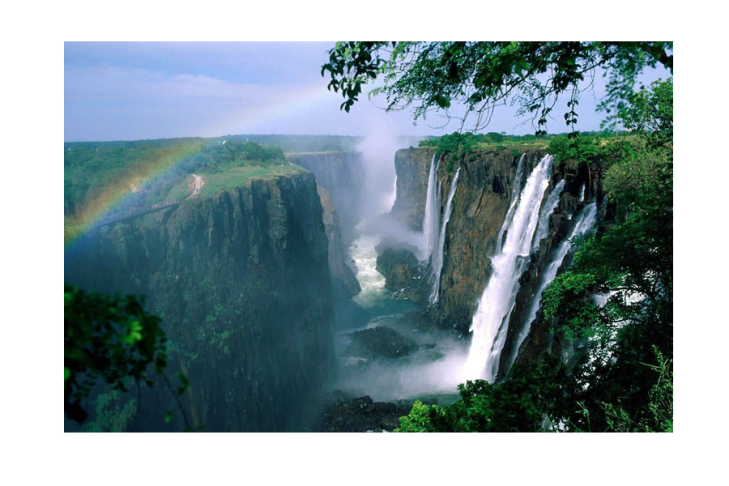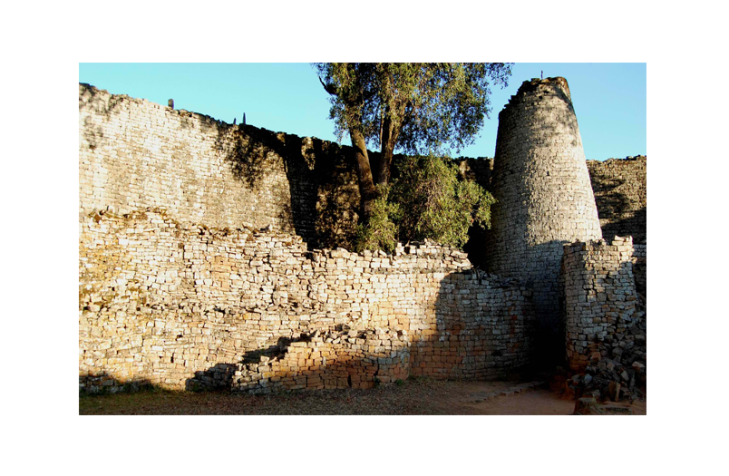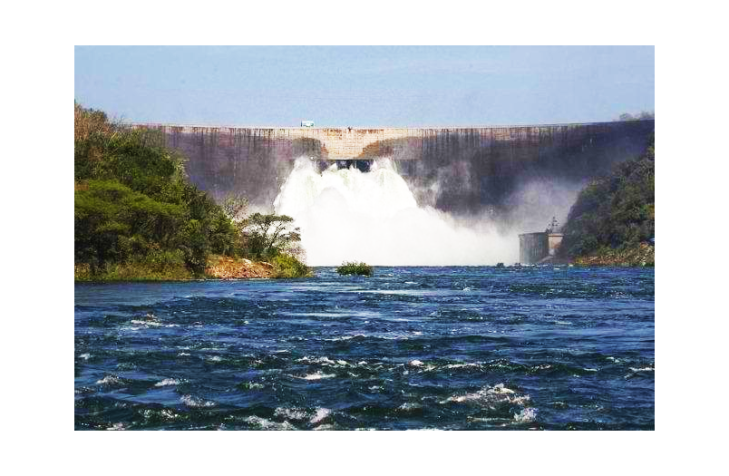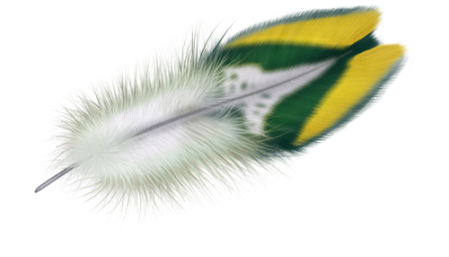Victoria Falls
 The Victoria Falls (located approximately 17.925’S 25.855’E) are 1,708 meters wide, and when the river is in full flood is discribed as the largest curtain of falling water in the world. Substantially larger than North America’s Niagra Falls, the Victoria Falls are only rivalled by the Iguaza Falls in South America, which are 2700m wide and 80m high, but are however divided into over 270 separate ‘smaller’ falls and cataracts. At 10/8 km wide, the Khone Falls in Laos are the world’s widest, but this is broken by many islands. The highest are Angel Falls (locally known as Churun-Meru) in Venezuela.
The Victoria Falls (located approximately 17.925’S 25.855’E) are 1,708 meters wide, and when the river is in full flood is discribed as the largest curtain of falling water in the world. Substantially larger than North America’s Niagra Falls, the Victoria Falls are only rivalled by the Iguaza Falls in South America, which are 2700m wide and 80m high, but are however divided into over 270 separate ‘smaller’ falls and cataracts. At 10/8 km wide, the Khone Falls in Laos are the world’s widest, but this is broken by many islands. The highest are Angel Falls (locally known as Churun-Meru) in Venezuela.
Zimbabwe Ruins
 Great Zimbabwe is a ruined city in the rugged southeastern hills of Zimbabwenear Lake Mutirikwe and the town of Masvingo, close to the Chimanimani Mountains and the Chipinge District. It was the capital of the Kingdom of Zimbabwe during the country’s Late Iron Age. Construction on the monument by ancestors of the Shona people began in the 11th century and continued until the 14th century, spanning an area of 722 hectares (1,780 acres) which, at its peak, could have housed up to 18,000 people. It is recognised as a World Heritage Site by UNESCO.
Great Zimbabwe is a ruined city in the rugged southeastern hills of Zimbabwenear Lake Mutirikwe and the town of Masvingo, close to the Chimanimani Mountains and the Chipinge District. It was the capital of the Kingdom of Zimbabwe during the country’s Late Iron Age. Construction on the monument by ancestors of the Shona people began in the 11th century and continued until the 14th century, spanning an area of 722 hectares (1,780 acres) which, at its peak, could have housed up to 18,000 people. It is recognised as a World Heritage Site by UNESCO.
Lake Kariba
 Lake Kariba is the world’s largest artificial lake and reservoir by volume. It lies 1300 kilometers upstream from the Indian Ocean, along the border between Zambia and Zimbabwe. Lake Kariba was filled between 1958 and 1963 following the completion of the Kariba Dam at its northeastern end, flooding the Kariba Gorge on the Zambezi River.
Lake Kariba is the world’s largest artificial lake and reservoir by volume. It lies 1300 kilometers upstream from the Indian Ocean, along the border between Zambia and Zimbabwe. Lake Kariba was filled between 1958 and 1963 following the completion of the Kariba Dam at its northeastern end, flooding the Kariba Gorge on the Zambezi River.
The Zimbabwean town of Kariba was built for construction workers on the lake’s dam, while some other settlements such as Binga village and Mlibizi in Zimbabwe and Siavonga and Sinazongwe in Zambia have grown up to house people displaced by the rising waters.
Khami Ruins
 Khami (also written as Khame, Kame or Kami) is a ruined city located 22 kilometres west of Bulawayo, capital of the province of Matabeleland North in Zimbabwe. It was once the capital of the Kingdom of Butua of the Torwa dynasty. It is now a national monument, and became a UNESCO World Heritage Site in 1986.
Khami (also written as Khame, Kame or Kami) is a ruined city located 22 kilometres west of Bulawayo, capital of the province of Matabeleland North in Zimbabwe. It was once the capital of the Kingdom of Butua of the Torwa dynasty. It is now a national monument, and became a UNESCO World Heritage Site in 1986.
The settlement that we see today was a development of the architectural form that emerged at Great Zimbabwe in the 13th century AD and a local Leopard’s Kopje culture that built platforms of rough walling on which houses would be constructed. Khami marks an innovation that recognised the environment in which was built.
Mana Pools National Park
 Mana Pools is a wildlife conservation area in northern Zimbabwe constituting a National Park. It is a region of the lower Zambezi River in Zimbabwe where theflood plain turns into a broad expanse of lakes after each rainy season. As the lakes gradually dry up and recede, the region attracts many large animals in search of water, making it one of Africa’s most renowned game-viewing regions.
Mana Pools is a wildlife conservation area in northern Zimbabwe constituting a National Park. It is a region of the lower Zambezi River in Zimbabwe where theflood plain turns into a broad expanse of lakes after each rainy season. As the lakes gradually dry up and recede, the region attracts many large animals in search of water, making it one of Africa’s most renowned game-viewing regions.
Mana means ‘four’ in Shona, in reference to the four large permanent pools formed by the meanderings of the middle Zambezi. These 2,500 square kilometres of river frontage, islands, sandbanks and pools, flanked by forests of mahogany, wild figs, ebonies and baobabs, is one of the least developedNational Parks in Southern Africa.
Sources :

